What does the price of gem-stones depend on?
Gemstones are one of the categories of goods in which the price of individual items may vary dozens or even hundreds of times. At the same time, the price of every gem depends on a lot of criteria, which is very useful for a buyer to know so that he or she can distinguish good deals from marketing tricks.
In this article, we will look at how the price of jewelry is made up, what determines the price for a certain kind of mineral, and what the range of prices within this kind of mineral is.
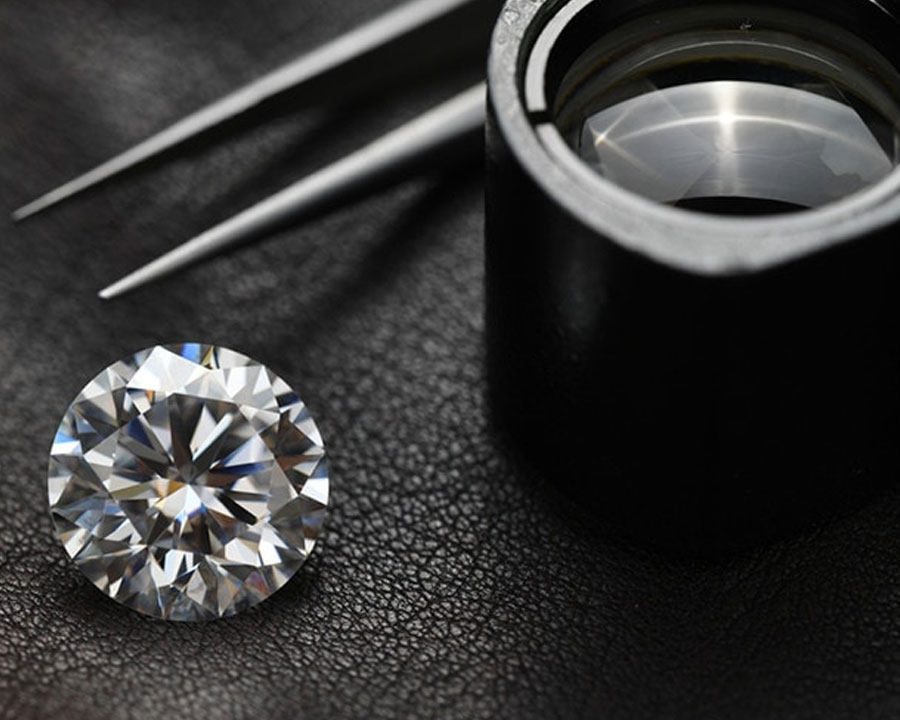
On what factors does the value of a particular mineral depend?
- Cost of production and supply.
Gemstone production consists of 3 main stages: mining, processing, jewelry making and retailing.
Extraction of raw materials is the stage where a large part of the value of gemstones is formed. Because of the introduction of new revolutionary technologies, the price of the final product increases.
- Durability
Durability refers to two terms: hardness and cleavage.
The hardness of a gemstone is a measure of how hard (or easy) it is to scratch its surface. Hardness is measured on the Mohs hardness scale of 1 to 10.
Cleavage is the tendency for a mineral to split when struck along crystallographic directions. Cleavage has nothing to do with hardness; stones such as diamond, topaz, tourmaline have high cleavage, which means they can split when used.
- Esthetic appeal
One of the defining criteria for gemstones. It depends on the color saturation, the play of light inside the crystal, clarity and transparency. We will discuss each of these parameters below.
- Rarity
Gemstones are a non-renewable natural resource, the content of which in the earth's crust is very limited. Therefore, the price of each type of mineral depends on the number of specimens on the market, which in turn is determined by the number of deposits, the difficulty of their development, and the projected date of their production.
Everyone knows that rare means more expensive. For example, a sapphire is 1,000 times rarer than a diamond.
Many deposits are being depleted, which leads to a sharp rise in the price of gemstones. For instance, experts predict that the reserves of tanzanite, which was discovered only in the 1960s, may be fully depleted by 2042 if no new deposits are discovered.
- Color
The color of a gemstone is characterized by its hue, saturation and uniformity of distribution within the crystal.
For each type of gemstone, there are the most precious hues. For example, for sapphires, they are the Royal Blue or Cornflower Blue, as well as the orange-pink Padparadscha. The most expensive color for rubies is "Pigeon blood", while for the tourmalines of Paraiba, "Neon Blue" is considered the most expensive.
Among the colorless diamonds, the most valuable are those without any yellowish, brownish, or other hue.
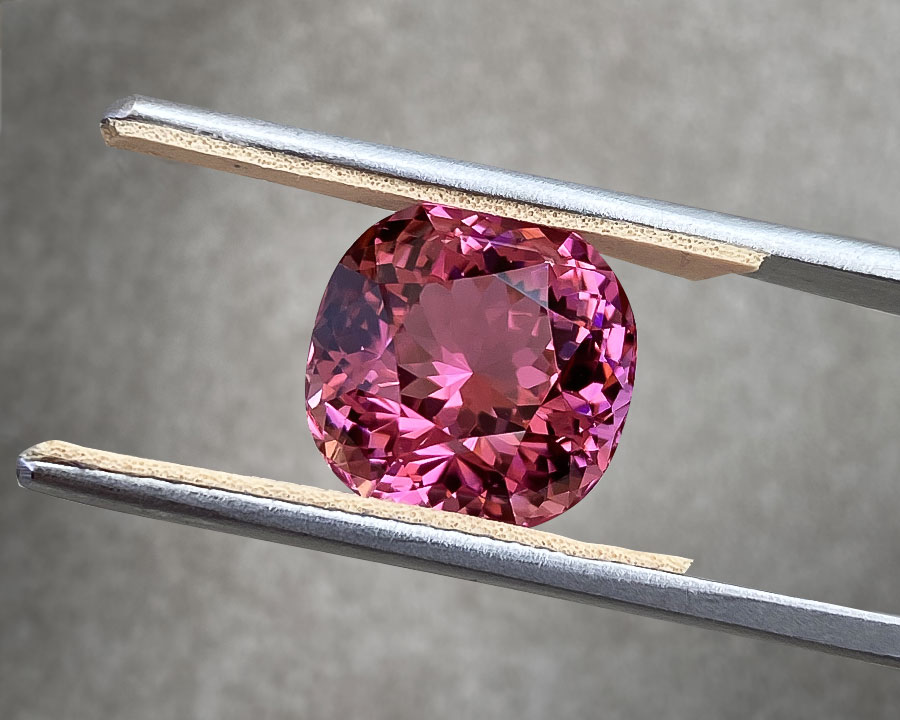
- Clarity
The fewer undesirable inclusions a gemstone has, the more expensive it is. However, every kind of mineral has its own frequency of inclusions. While topaz, tanzanites, and spinels have lots of perfectly pure specimens, the emeralds are considered the norm: it is extremely difficult to find a stone without inclusions, which makes it dozens of times more expensive.A one-carat brilliant with HVS2 characteristics (not more than three dark or six light inclusions that can be seen under a tenfold loupe) costs $8,400. The price for a similar stone with HIF characteristics (a perfectly pure diamond) is $10,600.
- Refining
This is a procedure for treating a gemstone in order to improve its qualities for use. Each type of stone has its own specific refinement procedure, which is considered the norm.
Different refining methods have different effects on the final value of a gem. For example, in order to make low-grade rubies look more aesthetic, lead glass is used to fill in cracks. This type of refinement does not allow for the refraction of light rays at the borders between the mineral and the glass, which has a positive impact on its optical characteristics; however, the proportion of glass may be so high that gemologists even discuss the use of a new term, "ruby-glass composite," to protect the rights of consumers because such pieces are of no value.
Unpeeled gemstones will always be much more expensive than those that have undergone some kind of additional processing.
For example, the most expensive emerald today is the Rockefeller Emerald weighing 18.04 carats. At Christie's 2017 auction, this stone, without any signs of refinement, was sold for $5.5 million ($305,000 per carat), four times its estimate.
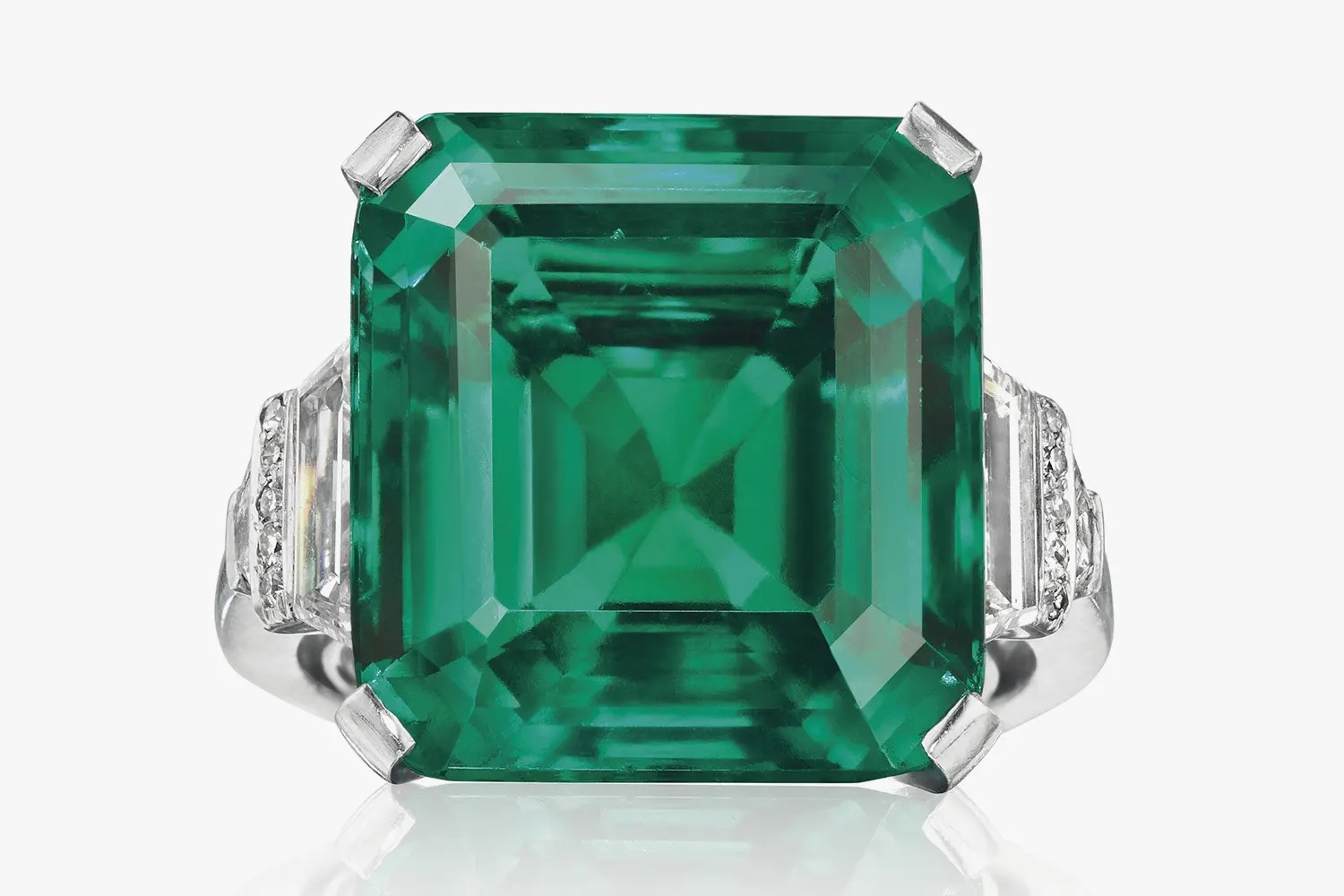
- Gemstone weight
The increase in the price of a gem depending on its carat size is not linear, since large specimens very rarely find their way on the market. If a one-carat HIF diamond costs $10,600 now, the price for a similar five-carat stone is $50,500 per carat. The largest colorless diamond weighing 163 carats was sold at Christie's in Geneva for $ 34 million ($208,500 per carat).
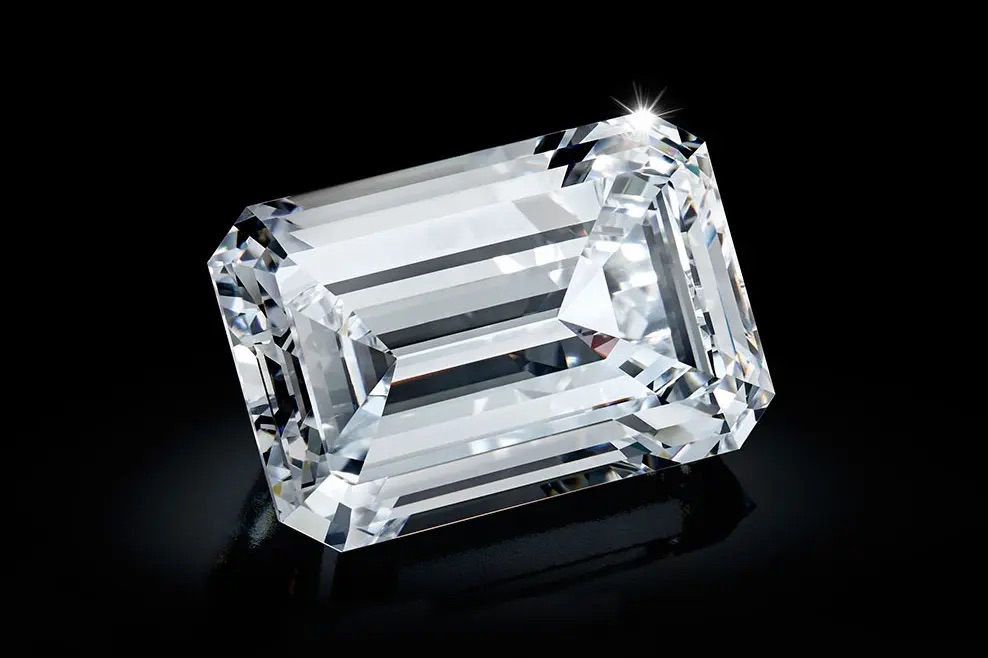
- Gemstone cut
The shape of the cut also affects the price of a diamond. The quality of cut is one of the most important criteria, as it determines the natural beauty of a stone. The aesthetic qualities of a cut crystal are to a large extent determined by the play of light on its facets. The round brilliant cut remains the most popular, but also the most expensive. This classic cut is the best way to show the stone's potential for brilliance and light.
- Seller's markup
The price of the same stone on an exchange, at a dealer, or in a retail store may vary several times.
The price of a concrete piece is a combination of its individual parameters and the situation on the market. It is hard to calculate this price on your own, but understanding the factors that influence the price makes you feel more confident when communicating with dealers and sellers.
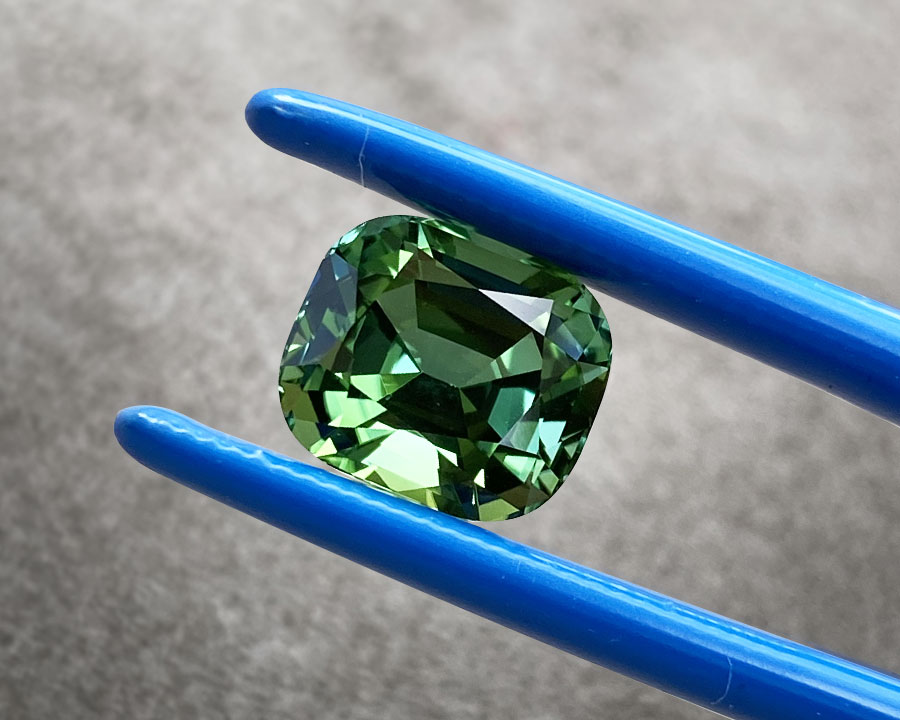
The naked eye is not always able to assess a piece and the true value of the gemstone in it. But now you know what factors influence the value of a gemstone.
The value of the gemstones directly affects the value of the jewelry piece. Usually 80-90 percent of the final amount is the price of the stone. Therefore, the more expensive it is, the higher the value indicated on the price tag.
Considering all the factors we have listed above, you will be able to purchase a worthy stone that will be a long-term promising investment.
Our company Kantor Jewelry will be glad to help you. You choose a gemstone, tell us about your wishes, and we are happy to find the perfect one for you and answer all your questions. You can browse our selection of gemstones, if you can't find what suits you, then contact us, we will be happy to find your gemstone in the global gemstone market.
























































